I'm trying to split a map of the united states into multiple windows (some of which contain the same state twice). I'd like the scales to be constant (so that the maps aren't distorted) but also minimize space between maps. I can't use facet_wrap (due to the overlapping nature of the regions--and anyway, facet_wrap can't have scales both fixed and have different xlims for each window). Any suggestions on how to improve the spacing on the results?
require(data.table)
require(ggplot2)
require(maps)
require(gridExtra)
all_states <- as.data.table(map_data("state"))
setnames(all_states,"region","state")
##define regions with overlapping states
weco.states <- c("oregon","washington","california")
west.states <- c("washington","montana", "idaho","utah","nevada","arizona","new mexico",
"wyoming","colorado","south dakota","texas")
east.states <- c(setdiff(unique(all_states$state), union(weco.states,west.states)),
"texas","south dakota")
all_states[,c("weco","west","east"):=FALSE]
all_states[state%in% weco.states, weco:=TRUE]
all_states[state%in% west.states, west:=TRUE]
all_states[state%in% east.states, east:=TRUE]
p.regbase <- ggplot() + coord_equal() +ylim(c(25,50))
p.weco <- p.regbase + geom_polygon(data=all_states[(weco),], aes(x=long, y=lat, group = group),colour="white", fill="grey" )
p.west <- p.regbase + geom_polygon(data=all_states[(west),], aes(x=long, y=lat, group = group),colour="white", fill="grey" )
p.east <- p.regbase + geom_polygon(data=all_states[(east),], aes(x=long, y=lat, group = group),colour="white", fill="grey" )
print(arrangeGrob(p.weco,p.west,p.east,ncol=3,nrow=1))
depending on how I resize the graphics window in the Windows GUI, the results are either bad (scales are different)

or decent (same heights) but there's too much space: How can I get rid of the extra space?


